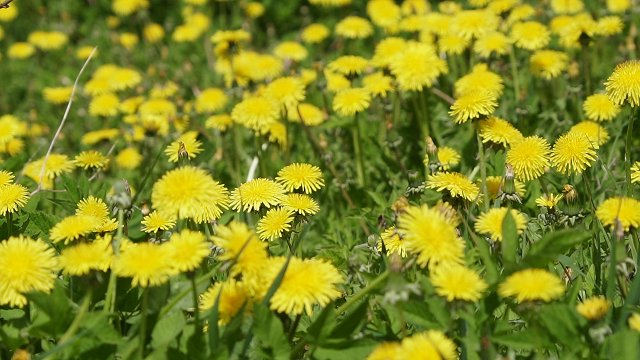Ravenna is famous for its unique 5th and 6th Century mosaics, some precise copies of which have been traveling the world since the 1950’s. The 36 fragmentary pieces have been on view in three separate halls of the LNB building on the left bank of the Daugava in Riga since July 10. The exhibit will be open to the public until August 30.
A thousand-and-five-hundred years ago, Ravenna was in the midst of a flourishing boom period as a capital of the Western Roman Empire, later to become ruled by Teodoric the eastern Goth as well as a piece of Byzantium in Europe. Each of these historic periods left a legacy of sacral architecture decorated with a wealth of these unique mosaics.
In the 1950’s mosaic masters from the city’s Arts academy recreated the ancient mosaics as close to the originals as they could manage according to very strict artistic and iconographic guidelines. They have been traveling the world's cities since first being shown in Paris upon their completion.
In 1997 the mosaics of Ravenna were listed among the UNESCO World Heritage sites.
Rather than seeing them in their accustomed home surroundings, which means built-in to the devotional architecture, high up on walls or ceilings, following very strict methods of display and installation, in Riga the exact copies allow for direct and close-up inspection of the mastery and craftsmanship involved in their making.
Art history professor Elita Grosmane explained to Latvian Radio that the small rectangular glass pieces used in the mosaics are made in the famous Murano glassworks in Italy.
“Each shard is placed so as to make this surface texture more sophisticated and allow various illumination effects to happen. And we can feel it as we move around the space, the lighting changes and different nuances appear,” the art historian points out.
As for the themes depicted in Ravenna’s mosaics, besides the sacral motifs of early Christiandom, there are also symbols of nature and homage to contemporary quasi-deified rulers such as the Byzantine-era emperor Justinian.
Sunlight is the main source of illumination for LNB’s Ravenna mosaics exhibit because it allows for much more nuanced effects than artificial light.
“The mosaics look fantastic in the sunlight. The sun shines into the library, it creates an image, the golden pieces shimmer. As the light plays over the mosaic, the image changes constantly,” describes LNB’s Music and Arts Center director Ilze Egle.
As for the question of why these particular mosaics should have wound up at the National Library, Egle told Panorāma that “this is the Castle of Light, after all, and I think this ancient art form that so relies on its source of light makes for a great link indeed.”




































